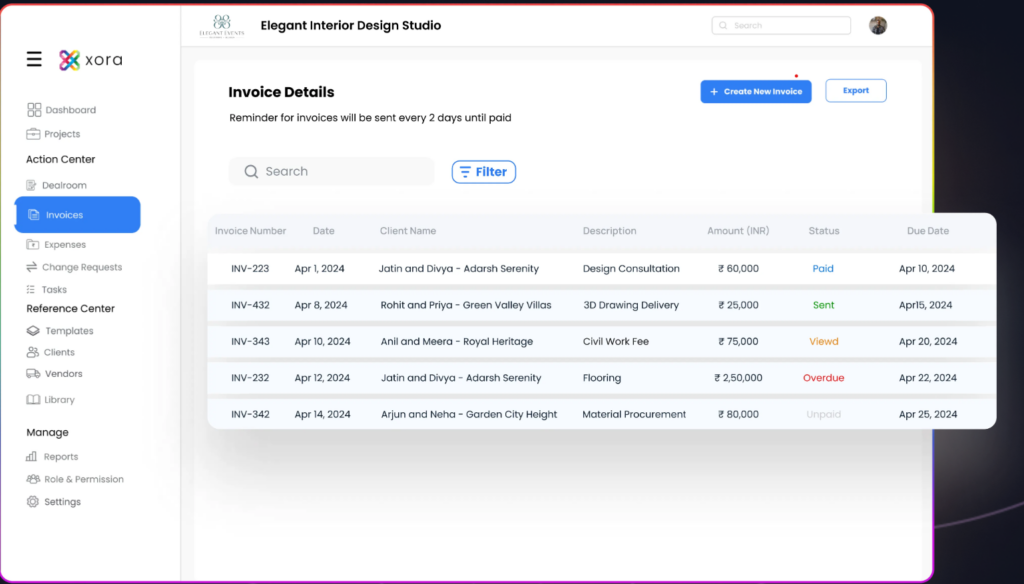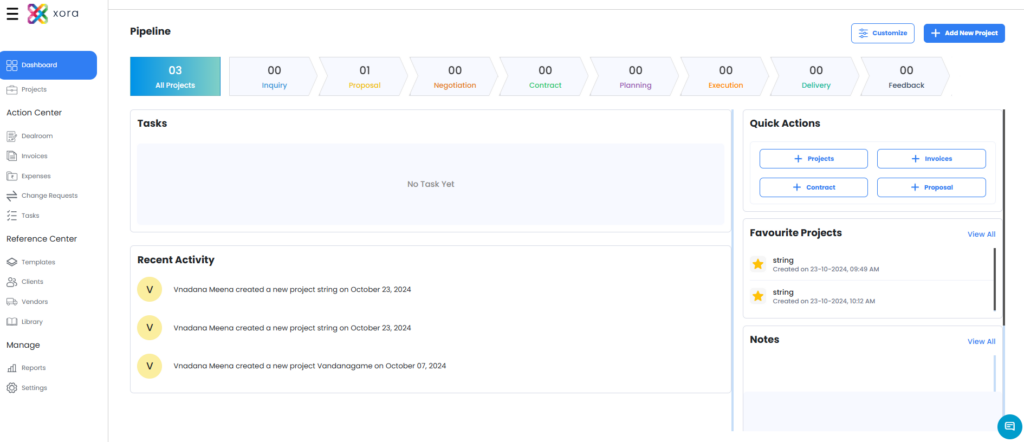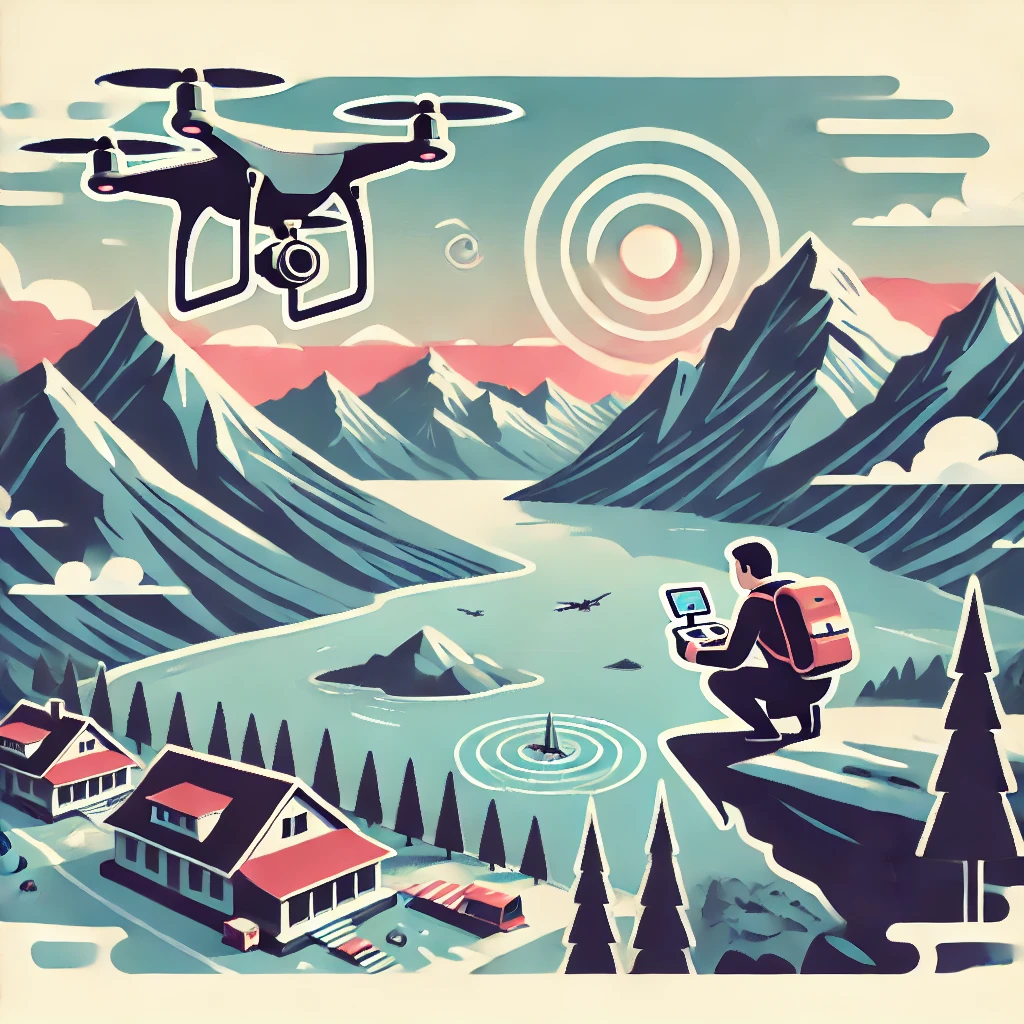Table of Contents
Why Customer Experience Matters for Photographers
Customer experience is the backbone of any successful photography business. While external factors like market trends and competition can impact bookings, the quality of service you provide remains entirely within your control. A seamless and memorable client experience can drive referrals, foster brand loyalty, and ensure long-term growth for photographers.
Three Ways to Deliver a 5-Star Experience for Photography Clients with Xora
Xora is designed to help photographers streamline their workflow while enhancing customer satisfaction. Here are three essential strategies to create an outstanding client journey:

1. Establish Clear Expectations from the Start
Providing transparency at every step of the photography client journey minimizes uncertainty and builds trust.
- Communicate service details, pricing, and expectations upfront.
- Utilize Xora’s automated email and client portal features to keep clients informed.
- Offer a centralized hub where clients can access contracts, appointment details, and payment information.
For example, a wedding photographer can use Xora to send automatic appointment confirmations, ensuring that clients always know what to expect before their session.
2. Remove Barriers to a Seamless Experience
Modern photography clients value convenience. Any unnecessary friction can lead to frustration and missed opportunities.
- Simplify scheduling with Xora’s built-in appointment management tools.
- Enable autopay features to ensure hassle-free payments.
- Consolidate paperwork, such as contracts and invoices, to create a streamlined workflow.
By automating these essential tasks, Xora allows photographers to focus on capturing stunning moments rather than getting bogged down in administrative work.
3. Personalize and Build Lasting Relationships
Small details and thoughtful interactions can transform a good client experience into a great one.
- Capture customer preferences and important details using Xora’s lead capture forms.
- Schedule periodic check-ins to address concerns and maintain engagement.
- Show appreciation through follow-ups, thank-you emails, and loyalty rewards.
Personalization fosters a deeper connection with your clients, increasing the likelihood of repeat business and glowing testimonials for your photography services.
Handling Client Challenges with Confidence
Even with the best service, conflicts may arise. Here’s how to navigate them professionally:

- Listen Actively: Acknowledge concerns with empathy.
- Identify the Root Cause: Assess any underlying issues contributing to dissatisfaction.
- Provide Thoughtful Solutions: Offer multiple resolution options tailored to the client’s needs.
- Maintain Professionalism: Stay calm and composed, even in difficult situations.
- Express Gratitude: Thank customers for their feedback and the opportunity to improve.
- Learn and Adapt: Use each experience as a learning opportunity to refine processes.
Elevate Your Photography Business with Xora
Providing a 5-star Experience for photography clients doesn’t have to be overwhelming. With Xora’s all-in-one platform, photographers can automate key processes, reduce inefficiencies, and effortlessly foster meaningful client relationships.

Start enhancing your photography client experience today—log in to Xora and discover how easy it is to delight your clients at every touchpoint.





